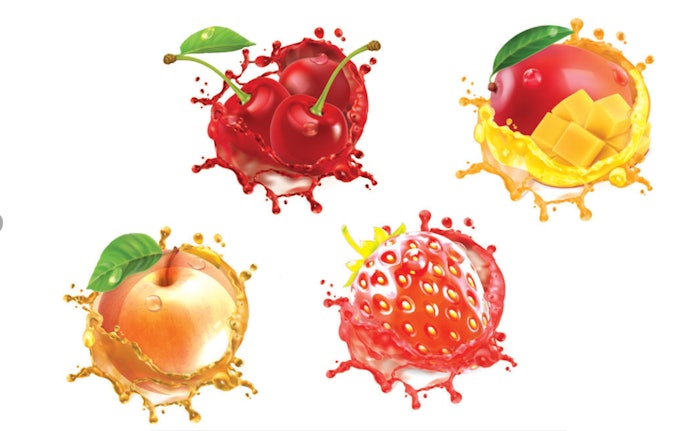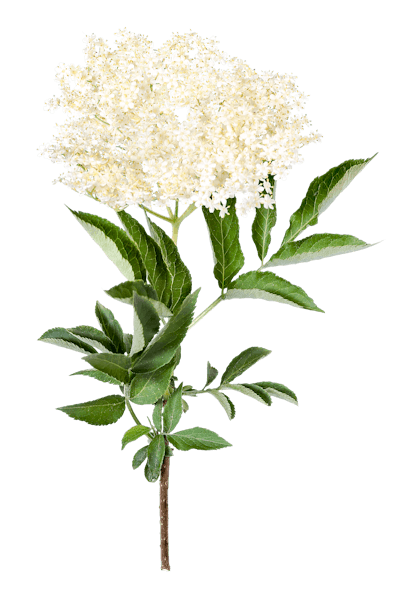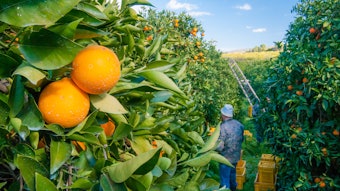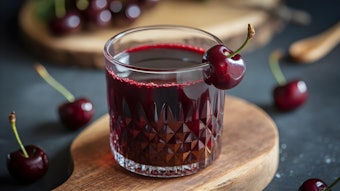
Ethyl iso-valerate, also known as ethyl 3-methyl butyrate, (FEMA# 2463, CAS# 108-64-5) is, to a limited extent, something of an exception to the common perception that saturated aliphatic compounds exhibit very predictable odors. The odor similarity to the subject of the last article, ethyl 2-methyl butyrate, is much less than would be expected from the close similarity in structure. Ethyl 2-methyl butyrate has a very distinct apple character, ethyl 3-methyl butyrate does not. Instead it has a more powerful and substantive version of the fruity note of ethyl butyrate, backed by a less obvious note of pineapple.
This ester is found widely in nature, but not as frequently as some of its counterparts. It is the distinctive profile and power that make it very useful in a wide range of flavors. It also makes it a great partner for a number of related esters, especially ethyl butyrate, ethyl 2-methyl butyrate and ethyl hexanoate.
Note that the dose rates given throughout this article are the levels suggested for use in flavors intended to be dosed at 0.05% in ready-to-drink beverages or in a simple bouillon.
Tropical Fruit Flavors
Cherimoya: Cherimoya, or custard apple, needs a mixture of esters for authenticity and ethyl iso-valerate plays a significant part. Levels vary considerably, but can range up to around 500 ppm.
Jackfruit: Higher levels of addition, even up to 3,000 ppm, are better in jackfruit flavors, adding real impact.
Kiwi: The main esters in kiwi flavors are very light. Ethyl iso-valerate adds depth without straying away from the kiwi profile. One hundred ppm is a good starting point.
Lychee: Ethyl iso-valerate works well in combination with ethyl 2-methyl butyrate to freshen lychee flavors. Twenty ppm is a reasonable level of addition.
Mango: The fruity note of authentic mango flavors should ideally be dominated by ethyl butyrate. A moderate addition, around 500 ppm, of ethyl iso-valerate adds depth and impact.
Passionfruit: Top ester honors in passionfruit flavors are shared between ethyl butyrate and ethyl butyrate. Now ethyl iso-valerate can make a bigger contribution. Two thousand ppm is very effective.
Pineapple: Pineapple flavors have a similar, but rather more complicated balance of esters. Ethyl iso-valerate is most useful in fresh pineapple flavors, where the level of addition can be up to 3,000 ppm.
 Ethyl iso-valerate, at 100 ppm, can provide a fruity hint to elderflower very effectively.Adobe Stock
Ethyl iso-valerate, at 100 ppm, can provide a fruity hint to elderflower very effectively.Adobe Stock
Berry Fruit Flavors
Blackberry: This raw material can play a modest role in blackberry flavors, brightening the profile and adding impact at levels around 800 ppm.
Blackcurrant: The effect of ethyl iso-valerate in blackcurrant flavors is more subtle. One hundred ppm is a reasonable level.
Blueberry: Ethyl iso-valerate is, arguably, the most significant ester in blueberries in nature. Hence, its level can be increased up to 8,000 ppm or 10,000 ppm.
Cherry: The main role of esters in cherry flavors is to balance, as far as possible, benzaldehyde. Two hundred ppm of ethyl iso-valerate is decidedly helpful.
Cranberry: 2-Methyl butyric acid is an important component of cranberry flavors, so it comes as no surprise that ethyl 2-methyl butyrate also plays an important part. Ethyl iso-valerate can enhance the effect of ethyl 2-methyl butyrate at moderate levels, around 500 ppm.
Raspberry: Five hundred ppm of ethyl iso-valerate can be very helpful in raspberry flavors, adding a little complexity and more than a little impact.
Strawberry: Strawberry flavors are often over-reliant on ethyl butyrate and can come across as too light. Ethyl iso-valerate keeps to a similar profile, but adds depth and attack at 1,000 ppm.
Other Fruit Flavors
Apple: We saw that ethyl iso-valerate could be an effective adjunct to ethyl 2-methyl butyrate in cranberry flavors. The same is true, to an even greater extent, of apple flavors. One thousand ppm is an effective level of addition.
Apricot: Butyl and hexyl esters often dominate the fruity aspect of apricot flavors, but ethyl iso-valerate can add interesting complexity at 300 ppm.
Grape, Concord: Ethyl iso-valerate help balance the fruity note in Concord grape flavors and increases the impact at 200 ppm.
Lemon and Lime: One hundred ppm of this ingredient adds fresh character to all lemon flavors and also cold-pressed lime flavors. It is not helpful in distilled lime flavors.
Orange: Ethyl butyrate is the natural choice to add fresh character to peely orange flavors. Ethyl isovalerate can further enhance the fresh, juicy notes. Levels up to 200 ppm are effective.
Watermelon: The ester complex of watermelon flavors often relies on the simplistic note of iso-amyl acetate. One thousand ppm of ethyl iso-valerate can brighten things up significantly.
For the entire article, visit the November 2023 issue.










